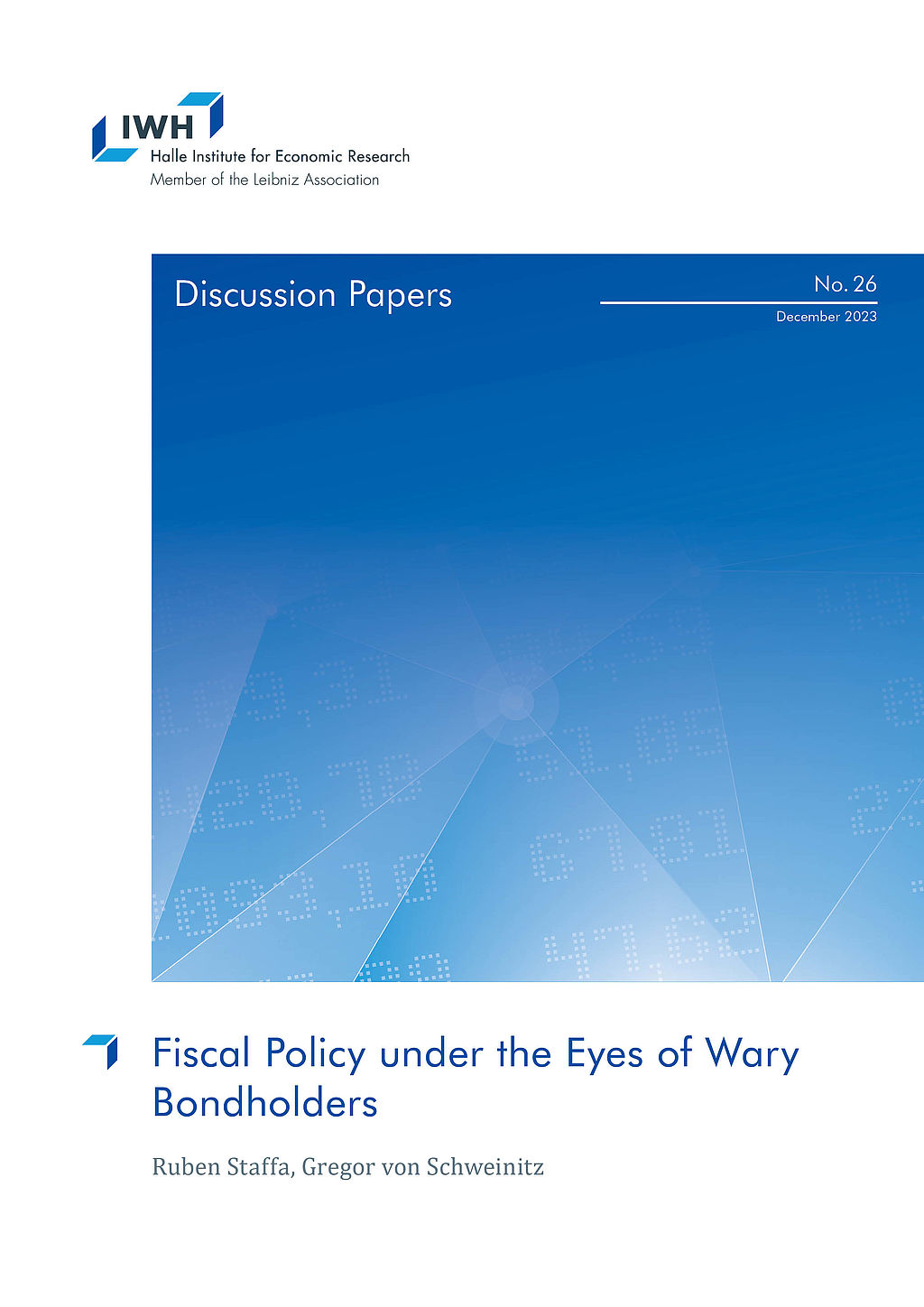
Fiscal Policy under the Eyes of Wary Bondholders
in: IWH Discussion Papers, No. 26, 2023
Abstract
This paper studies the interaction between fiscal policy and bondholders against the backdrop of high sovereign debt levels. For our analysis, we investigate the case of Italy, a country that has dealt with high public debt levels for a long time, using a Bayesian structural VAR model. We extend a canonical three variable macro mode to include a bond market, consisting of a fiscal rule and a bond demand schedule for long-term government bonds. To identify the model in the presence of political uncertainty and forward-looking investors, we derive an external instrument for bond demand shocks from a novel news ticker data set. Our main results are threefold. First, the interaction between fiscal policy and bondholders’ expectations is critical for the evolution of prices. Fiscal policy reinforces contractionary monetary policy through sustained increases in primary surpluses and investors provide incentives for “passive” fiscal policy. Second, investors’ expectations matter for inflation, and we document a Fisherian response of inflation across all maturities in response to a bond demand shock. Third, domestic politics is critical in the determination of bondholders’ expectations and an increase in the perceived riskiness of sovereign debt increases inflation and thus complicates the task of controlling price growth.
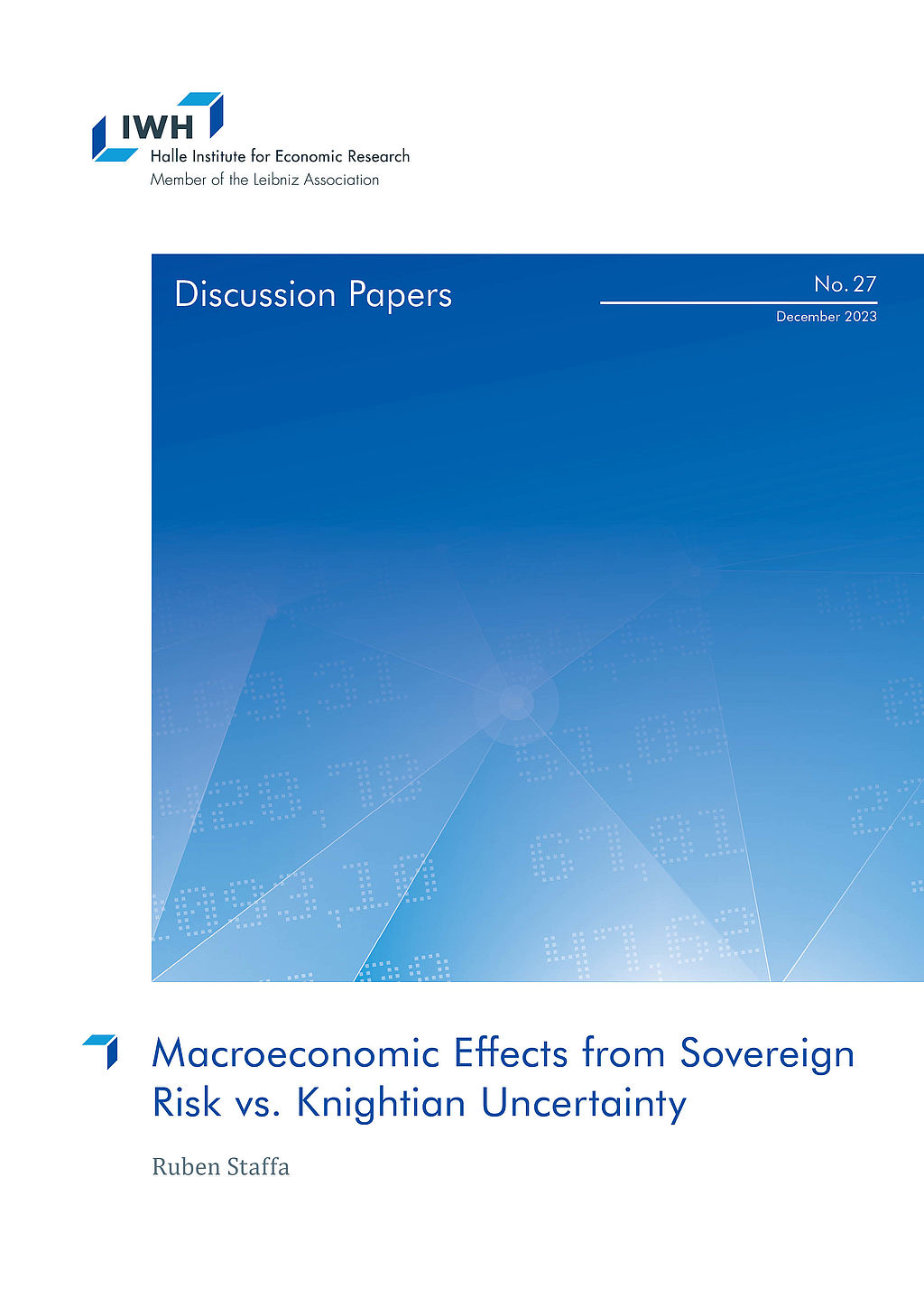
Macroeconomic Effects from Sovereign Risk vs. Knightian Uncertainty
in: IWH Discussion Papers, No. 27, 2023
Abstract
This paper compares macroeconomic effects of Knightian uncertainty and risk using policy shocks for the case of Italy. Drawing on the ambiguity literature, I use changes in the bid-ask spread and mid-price of government bonds as distinct measures for uncertainty and risk. The identification exploits the quasi-pessimistic behavior under ambiguity-aversion and the dealer market structure of government bond markets, where dealers must quote both sides of the market. If uncertainty increases, ambiguity-averse dealers will quasi-pessimistically quote higher ask and lower bid prices – increasing the bid-ask spread. In contrast, a pure change in risk shifts the risk-compensating discount factor which is well approximated by the change in bond mid-prices. I evaluate economic effects of the two measures within an instrumental variable local projection framework. The main findings are threefold. First, the resulting shock time series for uncertainty and risk are uncorrelated with each other at the intraday level, however, upon aggregation to monthly level the measures become correlated. Second, uncertainty is an important driver of economic aggregates. Third, macroeconomic effects of risk and uncertainty are similar, except for the response of prices. While sovereign risk raises inflation, uncertainty suppresses price growth – a result which is in line with increased price rigidity under ambiguity.
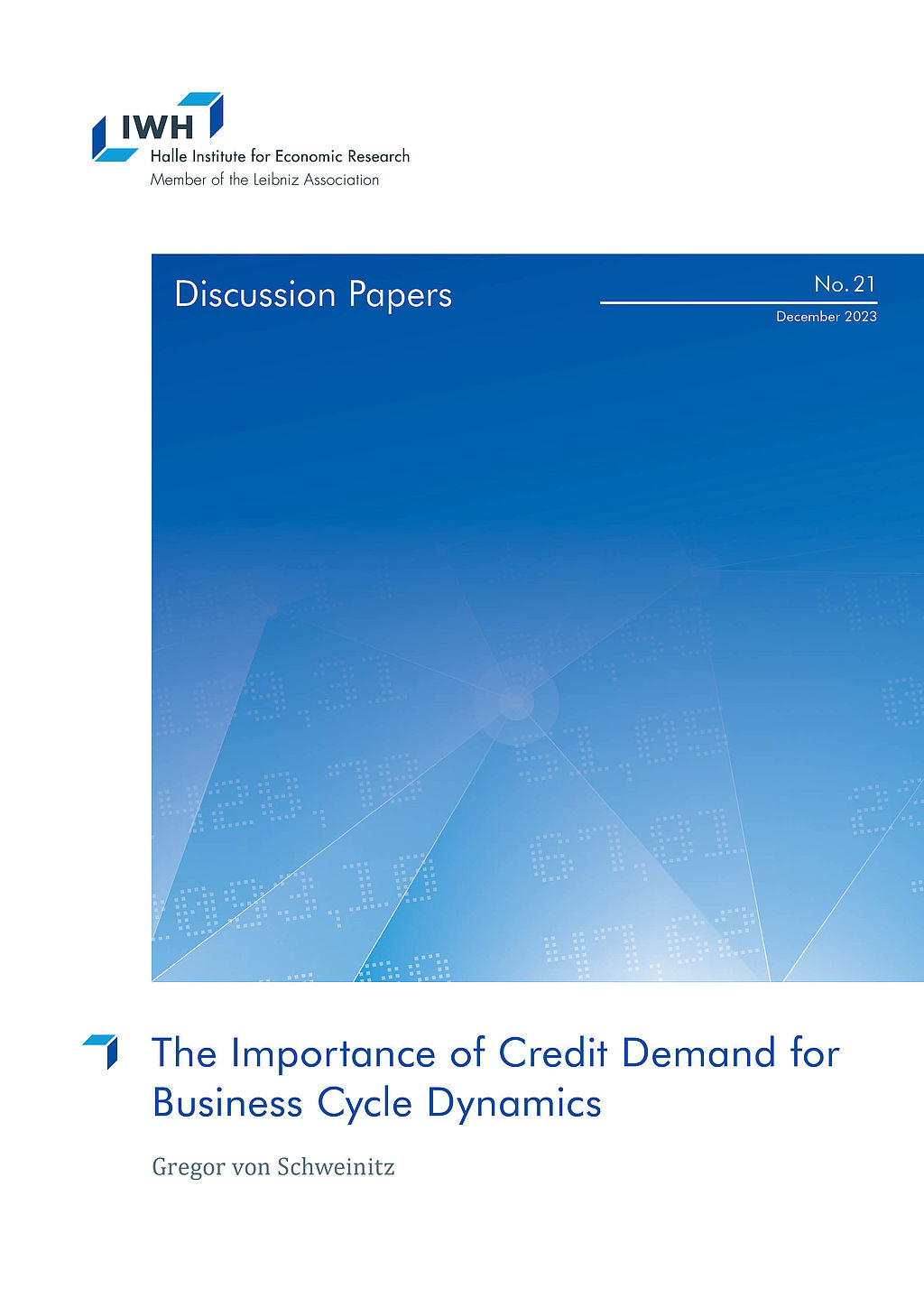
The Importance of Credit Demand for Business Cycle Dynamics
in: IWH Discussion Papers, No. 21, 2023
Abstract
This paper contributes to a better understanding of the important role that credit demand plays for credit markets and aggregate macroeconomic developments as both a source and transmitter of economic shocks. I am the first to identify a structural credit demand equation together with credit supply, aggregate supply, demand and monetary policy in a Bayesian structural VAR. The model combines informative priors on structural coefficients and multiple external instruments to achieve identification. In order to improve identification of the credit demand shocks, I construct a new granular instrument from regional mortgage origination. <br />I find that credit demand is quite elastic with respect to contemporaneous macroeconomic conditions, while credit supply is relatively inelastic. I show that credit supply and demand shocks matter for aggregate fluctuations, albeit at different times: credit demand shocks mostly drove the boom prior to the financial crisis, while credit supply shocks were responsible during and after the crisis itself. In an out-of-sample exercise, I find that the Covid pandemic induced a large expansion of credit demand in 2020Q2, which pushed the US economy towards a sustained recovery and helped to avoid a stagflationary scenario in 2022.
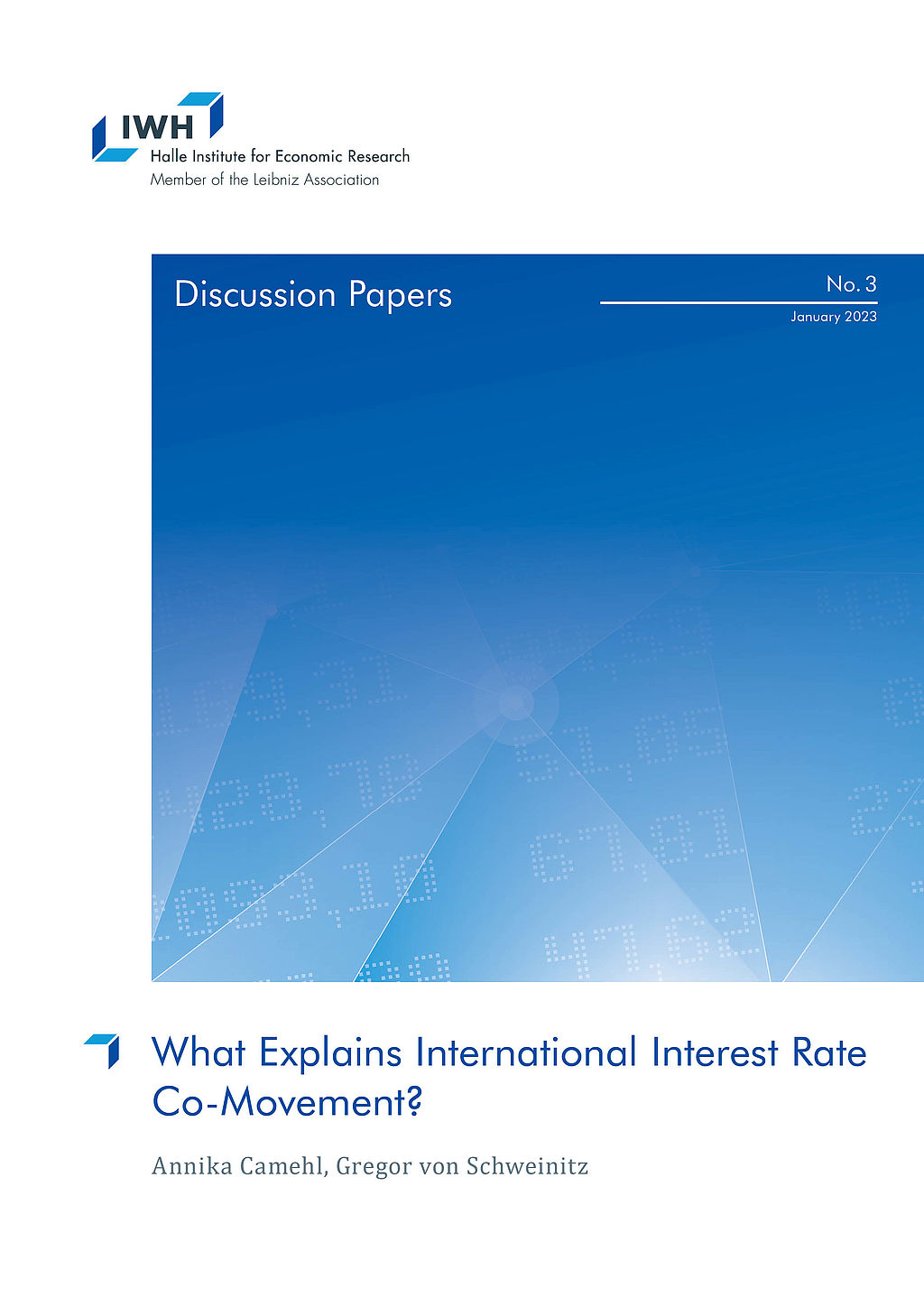
What Explains International Interest Rate Co-Movement?
in: IWH Discussion Papers, No. 3, 2023
Abstract
We show that global supply and demand shocks are important drivers of interest rate co-movement across seven advanced economies. Beyond that, local structural shocks transmit internationally via aggregate demand channels, and central banks react predominantly to domestic macroeconomic developments: unexpected monetary policy tightening decreases most foreign interest rates, while expansionary local supply and demand shocks increase them. To disentangle determinants of international interest rate co-movement, we use a Bayesian structural panel vector autoregressive model accounting for latent global supply and demand shocks. We identify country-specific structural shocks via informative prior distributions based on a standard theoretical multi-country open economy model.
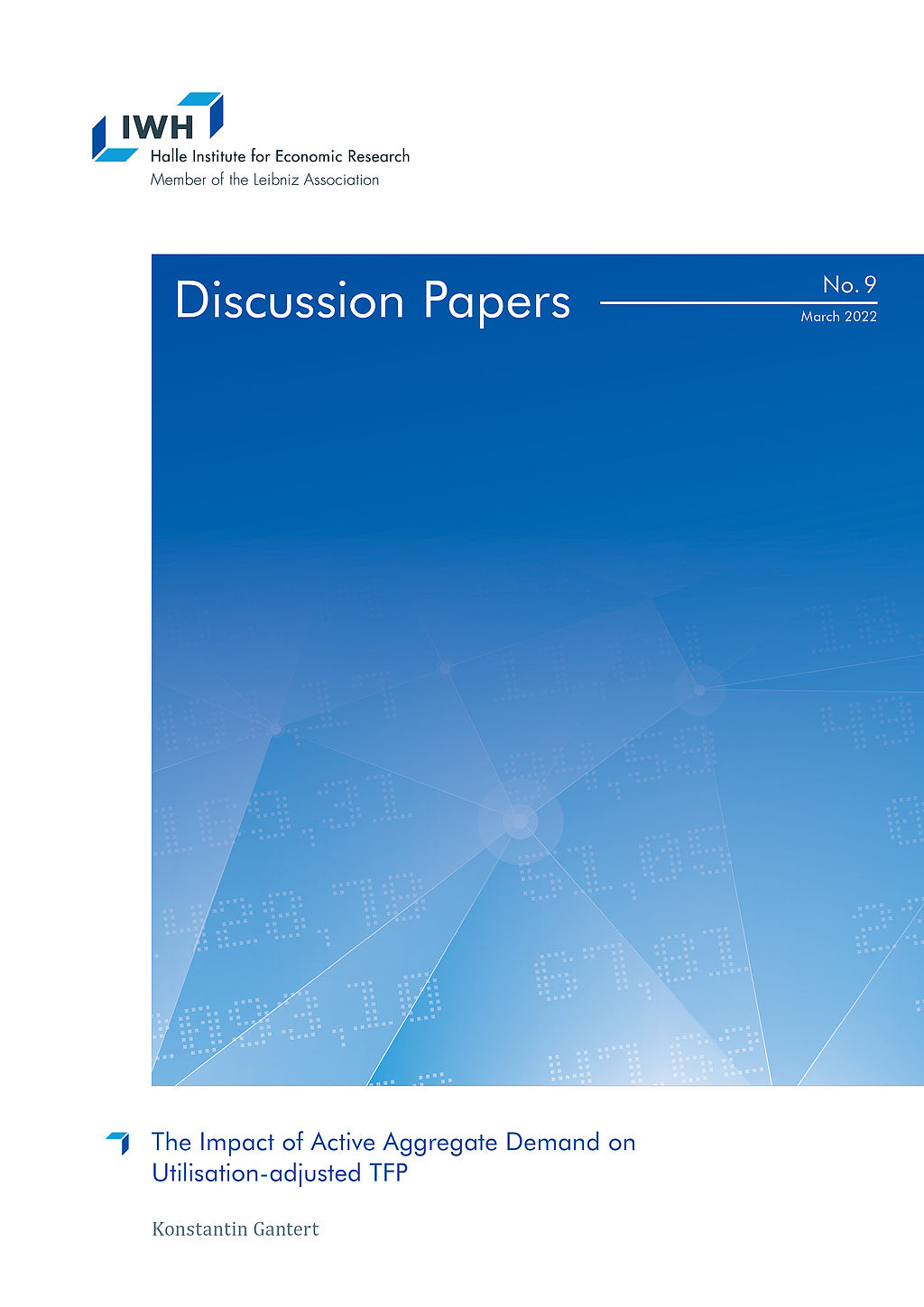
The Impact of Active Aggregate Demand on Utilisation-adjusted TFP
in: IWH Discussion Papers, No. 9, 2022
Abstract
Non-clearing goods markets are an important driver of capacity utilisation and total factor productivity (TFP). The trade-off between goods prices and household search effort is central to goods market matching and therefore drives TFP over the business cycle. In this paper, I develop a New-Keynesian DSGE model with capital utilisation, worker effort, and expand it with<i> goods market search-and-matching (SaM)</i> to model non-clearing goods markets. I conduct a horse-race between the different capacity utilisation channels using Bayesian estimation and capacity utilisation survey data. Models that include goods market SaM improve the data fit, while the capital utilisation and worker effort channels are rendered less important compared to the literature. It follows that TFP fluctuations increase for demand and goods market mismatch shocks, while they decrease for technology shocks. This pattern increases as goods market frictions increase and as prices become stickier. The paper shows the importance of non-clearing goods markets in explaining the difference between technology and TFP over the business cycle.



